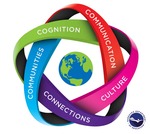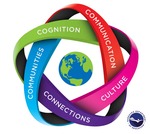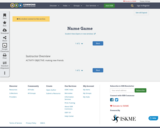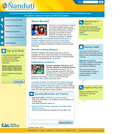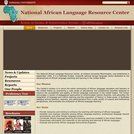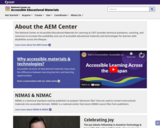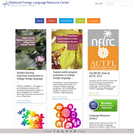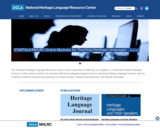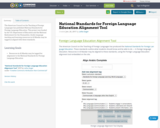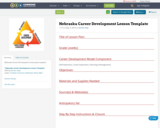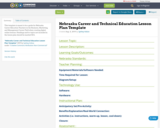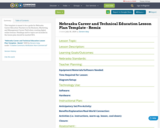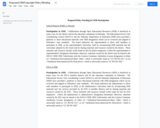
(Nota: Esta es una traducción de un recurso educativo abierto creado por el Departamento de Educación del Estado de Nueva York (NYSED) como parte del proyecto "EngageNY" en 2013. Aunque el recurso real fue traducido por personas, la siguiente descripción se tradujo del inglés original usando Google Translate para ayudar a los usuarios potenciales a decidir si se adapta a sus necesidades y puede contener errores gramaticales o lingüísticos. La descripción original en inglés también se proporciona a continuación.)
El módulo 3 desafía a los estudiantes a construir su trabajo con números a 5 para dar sentido y contar grupos de 0, 6, 7, 8, 9 y 10 objetos. Los estudiantes también continúan su trabajo con el núcleo núcleo de las siguientes maneras (PK.CC.1 4): Contado de memoria (la lista de palabras numéricas hasta 15); correspondencia uno a uno (un objeto emparejado con una palabra de número de 0 a 10); cardinalidad (cuántos en un conjunto de hasta 10 objetos); And Number Reconocimiento (números escritos coincidentes 0, 6, 7, 8, 9 y 10 a cantidades). A lo largo del módulo, los niños participan en experiencias atractivas que los ayudan a hacer conexiones críticas entre estos cuatro entendimientos.
English Description:
Module 3 challenges students to build on their work with numbers through 5 to make sense of and count groups of 0, 6, 7, 8, 9, and 10 objects. Students also continue their work with the number core in the following ways (PK.CC.14): Rote counting (the number word list up to 15); one-to-one correspondence (one object paired with one number word from 0 to 10); cardinality (how many in a set of up to 10 objects); andnumber recognition (matching written numerals 0, 6, 7, 8, 9, and 10 to quantities). Throughout the module, children participate in engaging experiences that help them make critical connections between these four understandings.
- Subject:
- Mathematics
- Material Type:
- Module
- Provider:
- New York State Education Department
- Provider Set:
- EngageNY
- Date Added:
- 08/19/2014

